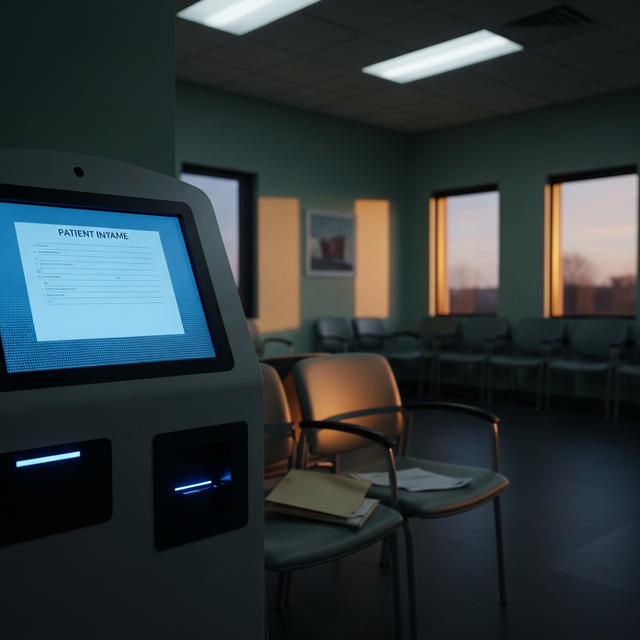Urgent SharePoint Zero-Day Exploit Being Actively Exploited: What You Need to Know

Critical SharePoint Zero-Day Under Active Attack: Here's What You Need to Know Right Now
Look, I don't usually hit the panic button, but this SharePoint vulnerability is serious enough that I dropped everything to write this up. Microsoft just confirmed that attackers are actively exploiting a zero-day vulnerability in SharePoint servers worldwide, and it's exactly as bad as it sounds.
What's Actually Happening?
The vulnerability (officially tracked as CVE-2025-53770) basically gives attackers a free pass to run whatever code they want on your SharePoint server. Think of it like leaving your house key under the mat, except the key works on every door in the building.
This isn't just theoretical - we're seeing real attacks targeting government agencies and major companies. The scariest part? Most organizations don't even know they've been compromised.
Why This Is Different (and Worse) Than Usual
What makes this particularly nasty is that attackers are using something called the ToolShell backdoor. Once they're in, they can:
Access any file on your SharePoint server
Create admin accounts that look legitimate
Move around your network without setting off alarms
I've seen a lot of SharePoint vulnerabilities over the years, but this one has me legitimately concerned. The attackers are sophisticated, and they're moving fast.
Immediate Actions for SharePoint Admins
If you're running SharePoint, here's what you need to do right now (in order of priority):
Apply Microsoft's emergency patch immediately- Don't wait for your normal patch cycle
Check for indicators of compromise- Microsoft released detection tools in their security advisory
Enable enhanced logging- You need visibility into what's happening on your server
Review all admin accounts- Look for any suspicious new accounts or permission changes
Additional Protection Measures
Beyond the immediate fixes, here's what I'd recommend setting up if you haven't already:
First, you absolutely need endpoint protection that can catch this kind of behavior. Malwarebytes Premium has been doing a solid job detecting these ToolShell variants, and their behavorial detection could catch new variations.
Next, consider adding a VPN for your remote SharePoint access. I've seen great results with NordVPN for business use - it adds an extra layer of security and makes it harder for attackers to target your SharePoint instance directly.
Looking Forward: What This Means Long-Term
This isn't just a one-off problem. We're seeing a pattern of increasingly sophisticated attacks targeting SharePoint, and it's probably going to get worse before it gets better.
For Regular SharePoint Users
If you use SharePoint at work but aren't responsible for maintaining it:
Forward this article to your IT team if they haven't mentioned the issue
Be extra careful with any unusual SharePoint links or behaviors
Watch out for Any changes in how files or permissions behave
The Bottom Line
This isn't the kind of vulnerability where you can wait and see what happens. If you're running SharePoint, you need to act now. The patches are available, and the longer you wait, the bigger the risk gets.
I'll update this article as we learn more about the situation. Stay safe out there.
Quick heads up:Some links in this article are affiliate links. If you buy something through them, we might earn a small commission (doesn't cost you extra). We only recommend stuff we'd actually use ourselves or set up for our own families. No BS recommendations here.


